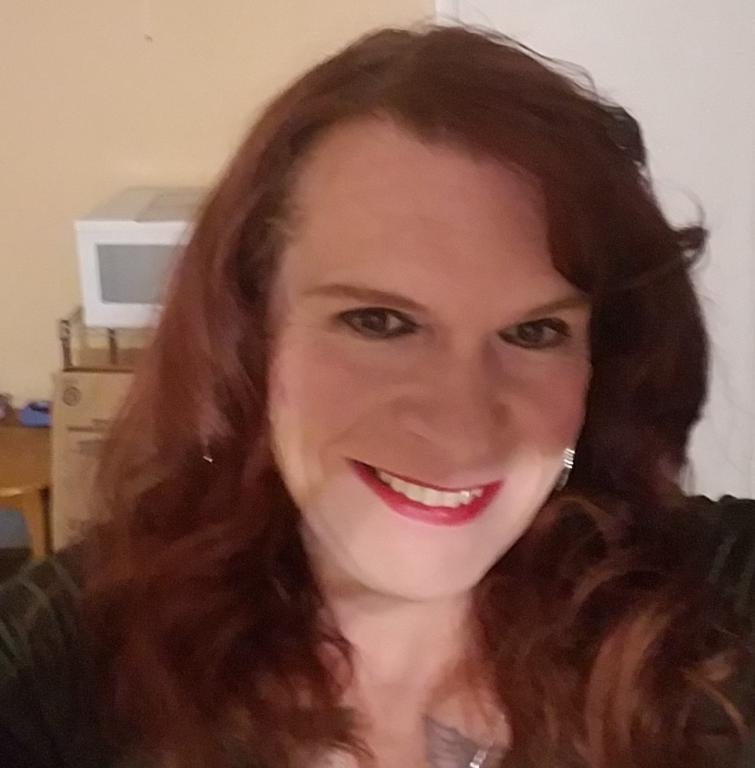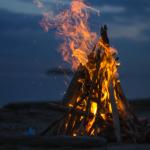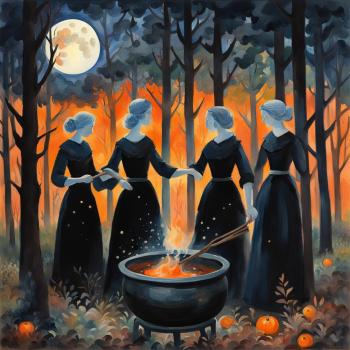Recently back from a local Beltane festival, this writer reflects on their experience and how festivals may or may not be meeting the needs of today’s pagan community.
May 1st, 2019 Arrival on site.
The sky was bright, and the fields of glowing green seemed to swallow me up as I drove to the gate. It was my first visit at this festival since they had been forced to relocate due to city restrictions and construction at their last home grounds. I didn’t care that they had moved. I was going to reconnect with people I dearly loved and only saw twice a year. I was going to fall asleep to the sounds of nature and the beat of drums playing around the fire circle. I was ready to renew my promise to this festival, a promise I had silently made, and I was ready for this festival to renew its unknown promise to me.
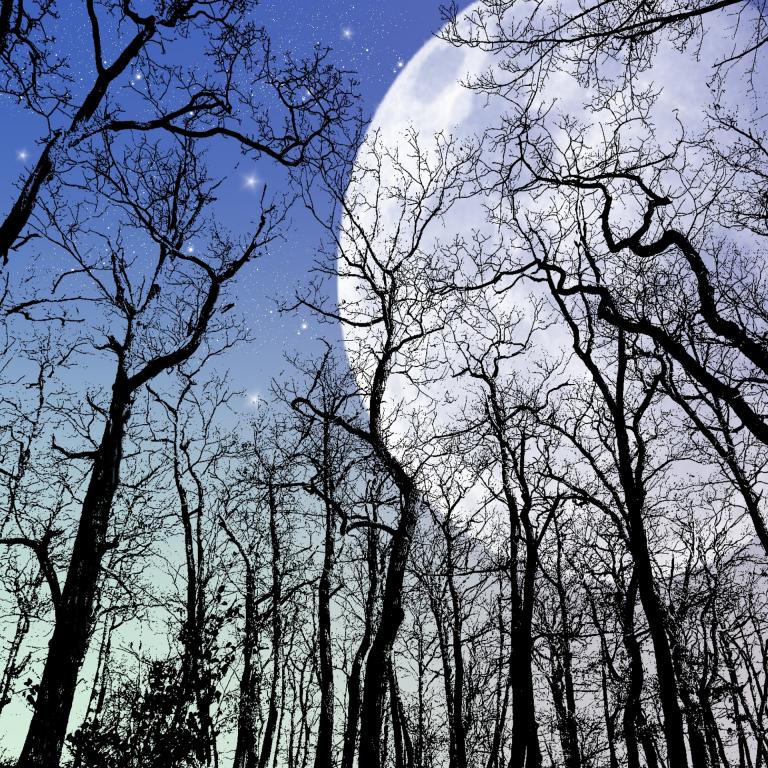
November, 2005, Samhain.
It was my first ever pagan festival. Although I had identified as pagan for at least a dozen or more years by now, I had only attended public rituals and if you think my excitement was supernatural, you would still fall short of my impending reality. I had never seen so many pagans gathered in one place before. I later found out it was over 500. My first trip to a drum circle? There was such an amazing crowd, I had to sit several rows back. The energy was unworldly. The drums were magic. The air was electrified. It was my first of several rousing performances by an artist I only knew then as Skinny White Chick. Her songs were inspiring and brought a lighter side to the seriousness of workshops I attended that year. This was my new home. This was the Florida Pagan Gathering I remember. The Goddess was speaking to me. I caught a glimpse of her in the crowd. I heard her voice speak to me in my camp. She came to me in my dreams as I slept, and her name was Hecate. She and I would become much closer in the years to come. And I made my promise….
May 2nd, 2019 First full day of festival.
I awoke to the sounds of peacocks crying, eventually joined by roosters and distant cows mooing. Not the nature sounds I had hoped for, but I was at festival. At long last, after months of planning this time away, nothing could dampen my day, and there was plenty of rain that tried. One thing that I have learned about pagans, many of us seem to enjoy the challenge of nature. Perhaps it comes from our shared history of persecution. After all, the witch trials may have ended in the 18th century but religious persecution still runs rampant in other forms. When you’ve got that in your Ancestor line, what’s a little rainstorm got?
May 3rd, Second day of festival.
On Friday night, at another exquisite concert by Hecate’s Wheel, the guests at Florida Pagan Gathering were reminded that religious persecution is still quite present. As a plane flew low over the campgrounds, carrying a lighted banner that read “God loves you” disrupting the concert because it was flying so low, guests were reminded of how low certain religious leaders have sunk. While the plane attempted to destroy people’s moods, a Fundamentalist Christian was reported to have approached the registration table to deliver the message in person. This brings up an unspoken aspect of the festival promise; safety from the outside world and not just each other.
On the final day of my festival experience, I led the main ritual with a group that has worked together on main rituals since 2011. As a ritual team, we had the opportunity to completely turn the energy around, to make the festival experience one that newcomers might treasure, and inspire festival regulars that this is still a place to be. I am proud of my ritual team in accomplishing this task for guests. I had renewed my promise to this festival by believing in its potential and giving the people my best efforts.
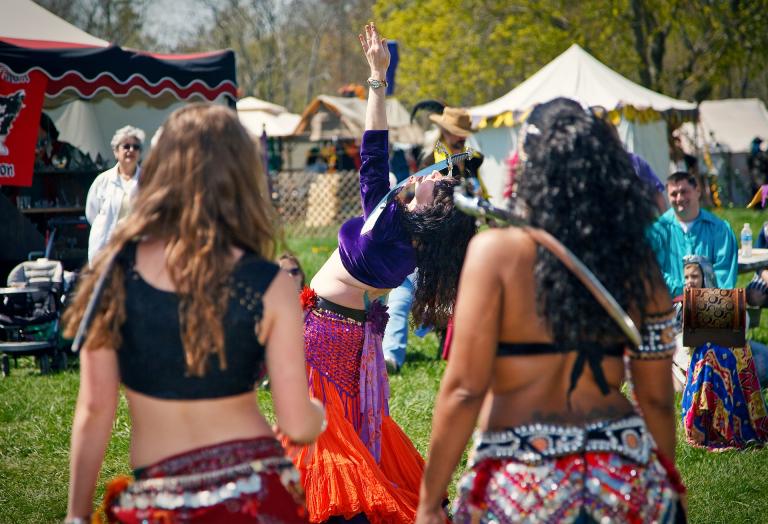
So, what is the “Festival Promise”?
Let’s start this discussion with some light background on the festival movement as written about by Margot Adler in Drawing Down the Moon.
Flashback to the mid-1970’s, local gatherings have already started to spring up in California, and a few in the Midwest have appeared but these are still random, and serve mostly regional communities. The main source of nationwide support for the pagan community is in the form of newsletters. But growth has begun. By 1985, there are an estimated fifty regional and national gatherings in existence. Another ten years pass and now there are an estimated 350 gatherings. They have become widespread across the country and festival paganism becomes a cultural movement.
These gatherings offer pagans and seekers a chance for solidarity and a brief respite from religious and political oppression in their home neighborhoods. Sacred space takes on a new and hope-filled meaning. There is a national sharing of chants, stories and ritual mechanics that infuse these connections. People who previously felt alone, misunderstood, and cut off socially and geographically now had a place to go. More than some people had fallen into groups with tyrannical leadership. In response to these negative scenarios, Isaac Bonewits developed the Cult Danger Evaluation Frame. Unfortunately, this evaluation frame has not lost all relevance for all communities.
With the growth and spread of pagan culture came another important element to pagan communities: pride became an important aspect of paganism.
For this writer, a vital part of the festival promise is a re-energizing of pagan pride. It comes from being accepted despite diversity of path or lifestyle, practices or expression of beliefs. When I attend a festival, I want to feel solidarity, and I want to be proud of who and what I am. When an unknown Christian group circles a festival with a lighted banner, it can affect people in a few different ways: 1) it attacks their pride in who they are; 2) it diminishes the feeling of sacred space or; 3) sometimes it makes us more resilient. However, it also destroys trust in other religions and for someone like myself who has an interfaith calling, it can set back efforts to reduce spiritual division. Just so you know, for myself, this made me stronger.
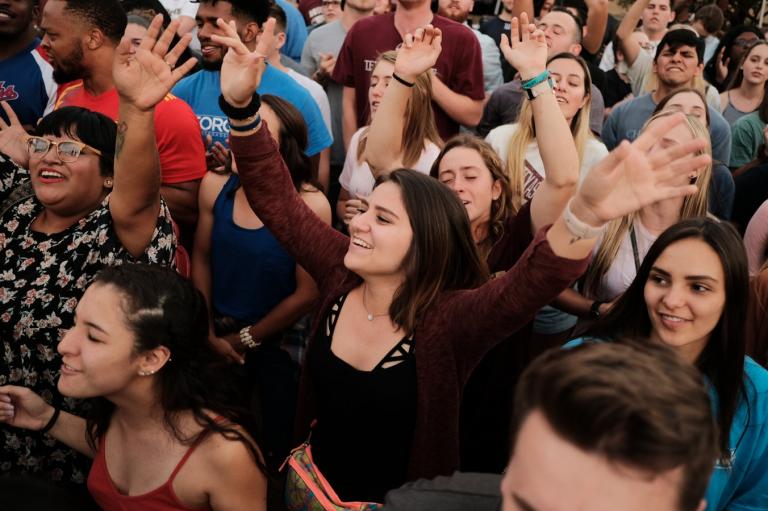
The history of the Florida Pagan Gathering dates back to 1994, when a different form of religious persecution lit the fuse which would initially become the FreedomFest in June of 1995. Over the next 24 years, the festival would adopt the name “Florida Pagan Gathering” (FPG) and change locations multiple times. For several successive years, attendance would exceed 500 guests, as they continued to offer presentations by top-selling pagan authors and popular pagan bands. The number of attendees may have declined in recent years but the spirit of the festival and the passion of the people organizing it still remains strong.
Here in Florida, pagans are fortunate to have several great quality festivals to choose from. Just within the Tampa Bay area, there are four pan-pagan festivals including FPG and I am proud to say I have tried each of them at least once. But I have history with FPG, as it was my first, and perhaps I still return hoping to hear the Goddess’ voice speak to me. And speak to me She does! I could go on to say many good things about the other festivals here, and there are indeed several good things to say, but for purposes of this topic I will focus on FPG. My own expression of my beliefs is directly influenced by those first several FPG festivals.
When I think of the Festival Promise, I tend to think of it in terms of Maslow’s Hierarchy of Needs. These appear in the shape of a pyramid, with the most basic, primal need at the foundation, and more complex needs as you ascend to the pyramid’s peak. The foundational need in this situation is logistical. Is there shelter? Food available? Water for drinking and showers? Here in Florida’s heat, shade is very important. Is the site handicap accessible? Are people with disabilities able to enjoy it?
The next level of needs addresses safety issues. Are there policies in place to support consent culture? Are there trained people who watch the children’s area? How about First Aid? Are there accident prevention policies to keep people injury-free? Is there some practice to keep out unwelcome guests such as what occurred at the registration tent at FPG? How about people available to meet the needs of guests with emotional and medical disabilities? In larger festivals especially, safety measures need to extend to web pages and registration documents which contain financial information.
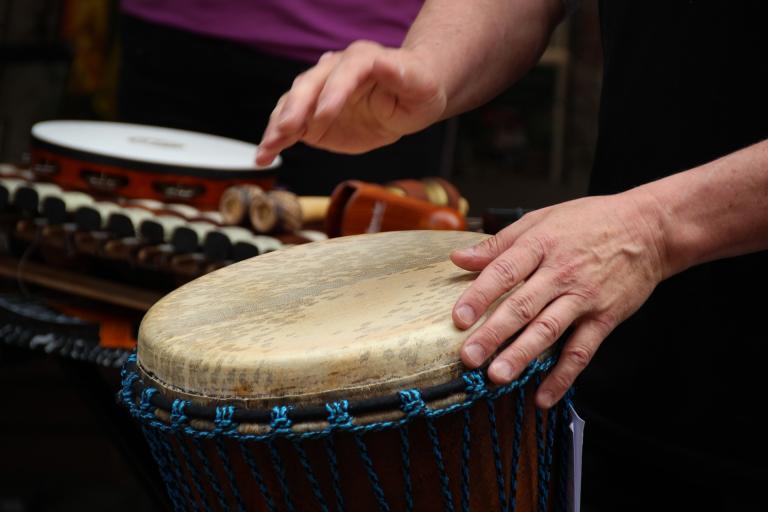
The next level of needs addresses what is often simply called “community.” The opportunity to meet others, mingle, and form friendships. Closely connected to this level, the next type of needs covers self-esteem. Workshops, fun activities, and rituals can help a lot with the needs at these two levels.
The top of the pyramid of needs is the one I have focused the most on thus far; the need for self-actualization is the deeper spiritual need that all other activities and involvement contribute to. This is that need which is represented by feelings as opposed to words; it is a sense of Deity and sacred affirmation. It may stem from goals reached, or a sense of personal fulfillment. And it can only be reached once all other needs are met.
Pagan festivals have been confronted by many challenges over the last decade alone. As society changes, the needs of guests change as well. They need something more to activate those deeper feelings of spirituality and to offset the chaos in the mundane world. Guests are drawn to a festival for many different reasons. For some it’s the drumming circles, for others it’s a particular headliner or band. As guests, we’re getting older. We are paying more attention to facilities for mature guests, and we’re forming families and we look for children’s activities. An old estimate indicates that 40% of pagans have children. Better yet, a festival has to maintain a connection to the pagan community in-between festivals. For myself, FPG fulfills this connection through local monthly meet-ups. After festival, FPG surveys its guests to see where they can improve.
There will always be people who have needs that a certain festival cannot fulfill. Because of this belief, we see new festivals offered all the time across the country. Former guests who think they can do it better or offer something new. Sometimes they are quite successful. Any time you have a festival which has been around over two decades, there is bound to be some negative history which offsets some of the more positive accomplishments. Like any relationship, there will be ups and downs, and you have to decide if you want to work out issues and be patient or if you need to move on. Organizing a festival is a journey unto itself.

The Festival Promise may look different for each individual, and a festival needs to be willing to change to fulfill this promise to everyone who attends. Each of us may place different value on things from safety to spirituality. For now, my promise has been renewed at Beltane. I have re-connected with my spirituality. I have heard the Old Gods’ voices. Come Samhain, I will venture once again to the Florida Pagan Gathering. I will listen beyond the mooing cows and peacock cries, and seek the essence of the Goddess in the festival once again.
May 4th, 2019 Final moments after ritual
The ritual had just ended. The energy was high. I had returned a borrowed table to the other side of the field, and as I turned to walk back to the ritual circle, I saw it in a different light. The bright lights shining down from their tripods. The ring of torches forming a perfect circle. The fire blazing at the center of all this radiant light. A sky full of stars above. A perfect fairy ring, full of magic and possibility and Divine presence. The memory of the airplane was fading, and the rain nearly forgotten as well. Everything was just right. This was the essence of the goddess speaking to me. And She renewed her promise to me, and I had renewed mine with the festival.
“The circle is here; it lives in each one of us,
When we meet in perfect love and perfect trust.”
“In the Name of the Dance”, SJ Tucker
This writer encourages everyone to support a local festival. Get involved as a volunteer and gain an appreciation for the hard work that goes into one. Teach a workshop. Lead a ritual. Get involved in your local community. BB.


